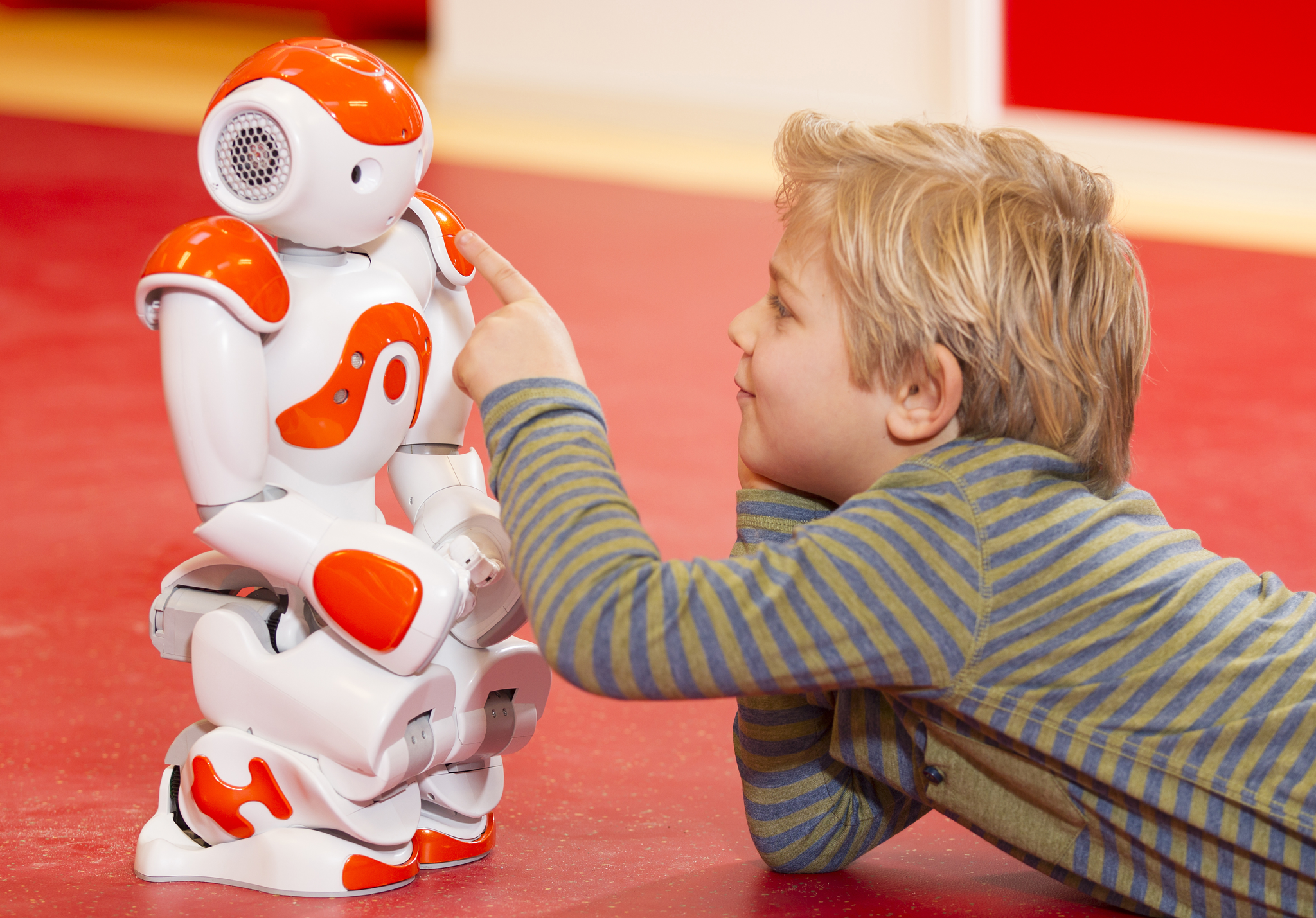Robots as physical interaction partners and development tools
Some things that most people do entirely at the unconscious level pose enormous challenges for autistic children: correctly recognizing and interpreting the emotions of the person they are interacting with and responding accordingly.
The joint ERIK project therefore aims to develop a robotic platform that addresses new interaction strategies in treatments for children with impaired socioemotional functioning, such as children with autism.
Our approach involves:
- Integrating sensor-based emotion recognition based on facial expressions, speech and physiological signals
- Using multiple therapeutic interaction approaches to create innovative child-robot interaction
- Boosting autistic children’s ability to communicate through playful training and positive encouragement (e.g. for successful learning outcomes)
